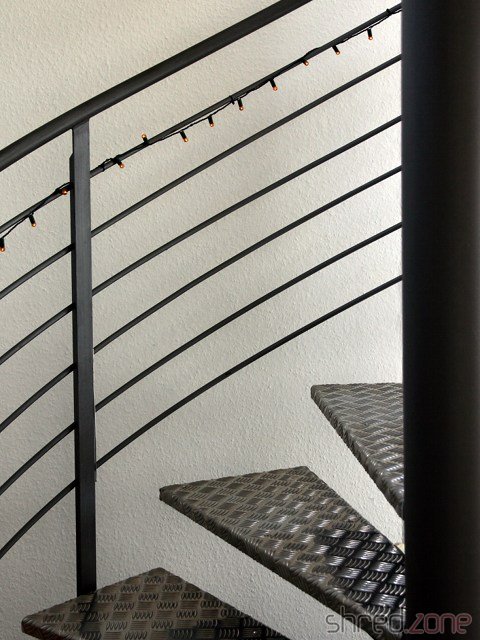 Just in time for Halloween 🎃, I made a ghost decoration that uses an Adafruit Circuit Playground Express.
Just in time for Halloween 🎃, I made a ghost decoration that uses an Adafruit Circuit Playground Express.
The ceramic ghost is from a home decoration shop. I have put a little piece of sandwich paper inside, so the LED light can be seen through the ghost's mouth and eyes.
The MicroPython source shows a candle light effect. For the flame, a mystic cyan color is used, so the ghost appears really spooky. 👻
If you copy .wav files to the Circuit Playground, a random sound effect is played from time to time. I found nice free sound effects on soundbible.com that surely give everyone the chills. The sound files should be converted to mono and 16 kHz sampling rate, so they fit into the tiny Playground Express memory. The sound effects can be muted using the switch on the Playground, if they should become too annoying. 😉

